The Korean War, 70 Years Ago, The Daily Republican, Monongahela PA
Korean War Weekly Front Pages
18 March – 24 March 1951
The Daily Republican, Monongahela PA
Approaching the 38th Parallel.
*****
The headline on 19 March 1951 was “North Koreans in Large Scale Retreat.” UN forces jabbed close to the 38th Parallel amid signs that Red armies were pulling out of Korea entirely. Several patrol clashes were reported in the central sector, 13 miles south of the Parallel, but censorship blocked details of other Allied thrusts along the 140-mile front. An Eighth Army spokesman disclosed that UN forces had established new holding positions 17 miles from the old border and sent patrols miles farther north. Intelligence reports indicated that the Communists had abandoned Chunchon, 7-1/2 miles south of the Parallel and their last major base in South Korea. Military necessity may force General MacArthur to make his own decision about crossing the line in pursuit of the enemy. It looked as though the Eighth Army would reach the old border between North and South before UN diplomats make a decision. North of Seoul, however, Communist rear-guard resistance was stiffening. An American tank and infantry patrol ran into determined resistance south of Uijongbu, 18 miles below the Parallel. There were signs of enemy positions thickly scattered through hills on each side of the valley between Uijongbu and Seoul. Air spotters said there appeared to be “thousands” of enemy troops digging in on ridges northeast of the capital.
By midweek, UN patrols had probed the Korean no-man’s-land south of the 38th Parallel unopposed, and may have crossed that controversial line. The bulk of up to 250,000 Chinese and Korean Reds aligned across the 140-mile wide Korean peninsula already had retreated across the Parallel into North Korea. Pursuing Eighth Army forces rammed in strength within 8-1/2 miles of the border on the east coast and 11-1/2 to 13 miles on the central and west-central fronts. President Truman had authorized MacArthur to send his forces across the old border if he saw fit to do so. There was intense speculation in Tokyo that a turn in the war was imminent – either militarily or politically, or both, but official sources declined comment. As UN forces rolled closer to the line, resistance was stiffening from entrenched Chinese within 1-3/4 miles of the border near reoccupied Chunchon. Dispatches said the Chinese rear guard actions were being fought by company-sized units of around 150 men employing small arms, automatic weapons and mortars. Powerful American tank columns, backed by shattering artillery and air strikes, were rolling over the Communists in a slow but steady advance.
At week’s end, a powerful US tank column slashed through collapsing Communist resistance north of Seoul and linked up with thousands of American paratroopers who jumped to earth within sight of the 38th Parallel. Another American armored column simultaneously seized the Communist stronghold of Uijongbu, 10 miles northeast of Seoul, and swept on another two miles toward the Parallel. North Korean rear guards were reported fleeing north in panic all along the 15-mile wide West Korean Front above Seoul. Up to 20,000 of them were believed trapped or scattered by the mass parachute jump across the main Communist escape highway at Munsan, 20 miles northwest of the capital.
Labor leaders were expected to vote to approve union representation on President Truman’s new national mobilization policy board. The board would be composed of 17 members, four each from labor, agriculture, public service and business, with the Defense Mobilizer as chair.
Top military men were very unhappy about the House Draft and Universal Military Training (UMT) bill. They were hoping to get some changes made in the bill before it became law. The bill would lower the draft age from 19 to 18-1/2, lengthen service from 21 to 26 months, and set up a UMT program for use after the emergency. The military objections stemmed from concerns they would have little voice in what the “basic military training” would be, and that UMT could be blocked by only a fraction of the House members.
(Photo courtesy newspapers.com, Monongahela Daily Republican)
